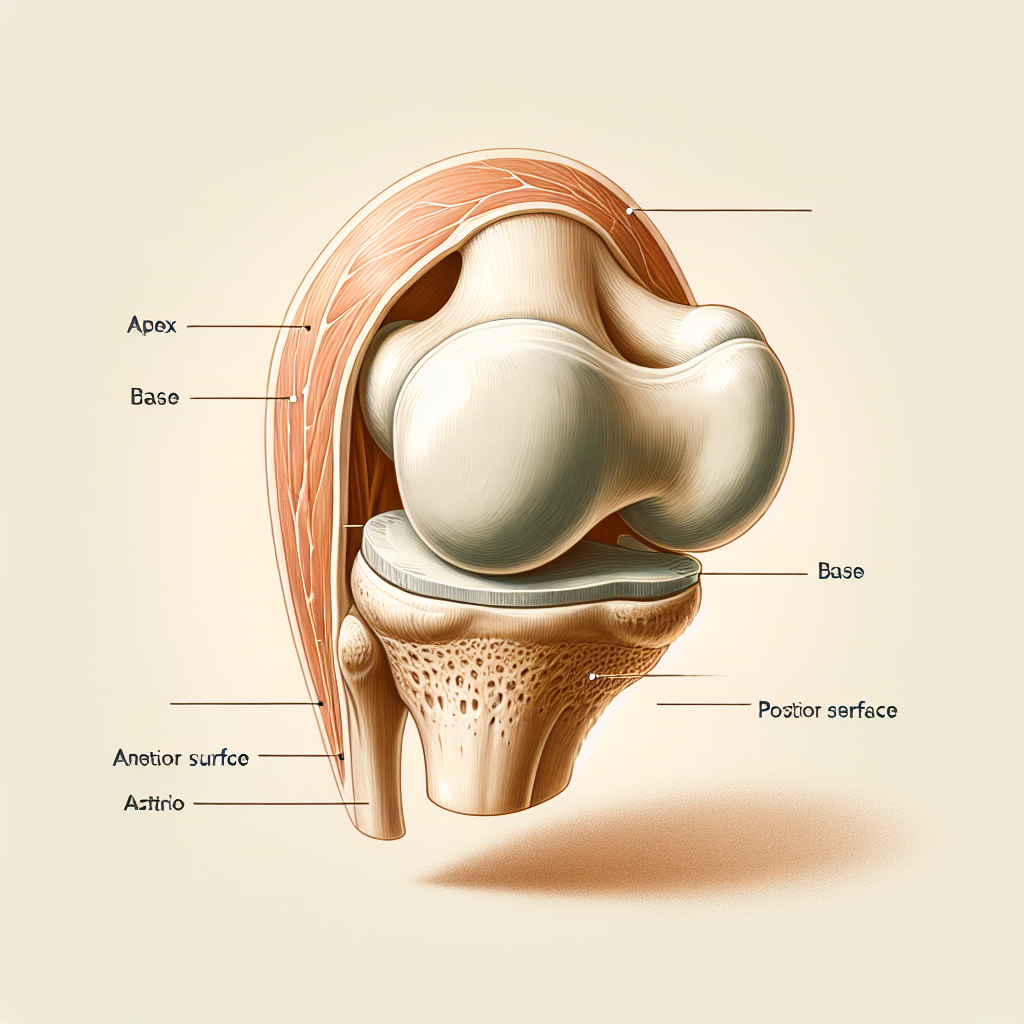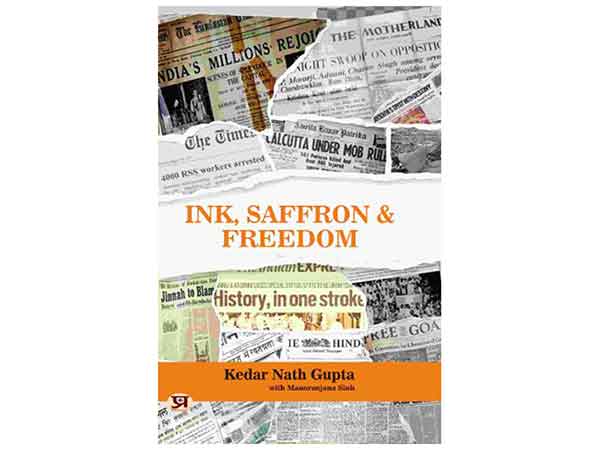A watchdog report into the Kingsmill Massacre has identified a series of failings in the original police investigation of the IRA atrocity, including a “wholly insufficient” deployment of resources to catch the killers. Ten Protestant men were shot dead outside the village of Kingsmill in Co Armagh in January 1976 when republican gunmen posing as British soldiers ordered them off a minibus on their way home from work. The killers asked the occupants of the bus their religion before opening fire.
The only Catholic on board was ordered to run away before the sectarian shooting started. Of the 11 Protestants who remained on the roadside, one man, Alan Black, survived, despite being shot 18 times. No-one has ever been convicted of the murders.

Mr Black, who is now in his early 80s, attended the offices of Police Ombudsman for Northern Ireland Marie Anderson in Belfast on Tuesday to receive her long-awaited report into one of the most notorious atrocities of the Troubles. He was accompanied by relatives of John McConville, one of the 10 men who died. Ms Anderson examined the original Royal Ulster Constabulary (RUC) investigation into the crime following complaints by bereaved relatives and Mr Black.
She concluded that their complaints were in large part “legitimate and justified”. The ombudsman recognised the “intense pressure and strain” facing RUC officers in 1976. Notwithstanding that context, she identified a series of failings in the investigation, including a failure to arrest and interview suspects and a failure to exploit ballistic links with other attacks in which the same weapons were used.
She said there were also missed investigative opportunities and inadequacies in areas such as forensics, fingerprints and palm prints, and witness inquiries. Ms Anderson added: “By today’s standards, the investigative resources available were wholly insufficient to deal with an inquiry the size of the Kingsmill investigation. “The situation was exacerbated by a backdrop of multiple terrorist attacks in the South Armagh and South Down areas that stretched the already limited investigative resources available even further.
“The detective leading the investigation had a team of eight to assist him in investigating 10 murders and an attempted murder, which was supplemented for only a matter of weeks by two teams of about eight to 10 detectives from the RUC’s Regional Crime Squad. This was entirely inadequate.” Mr Black said he felt “vindicated” by the ombudsman’s report.
“Back in the day, in the ‘70s, a policeman would put on his uniform in the morning not knowing if he’s going to come home that night. So I’ve got nothing but respect for them,” Mr Black told reporters after emerging from Ms Anderson’s offices. “But this investigation, it points to something like the Keystone Cops and that’s all to do with the police handing their notes to their superiors, who hands them on, who hands them on, who then says ‘No, we can’t go down that road’.
” He added: “We feel totally vindicated in making the complaint and we feel backed up by the ombudsman this far.” Mr Black said the “death cries of his friends” remained his motivation in continuing to press for justice and truth. “Every time a door slammed, we tried to open another door with the help of these people here (his legal team), and another door did open,” he said.
“So we just had to keep going and going and going. At times you get very low. But I owe a big debt to the boys that died.
I’m not stopping.” The Provisional IRA long denied responsibility for the sectarian killings, with the attack instead claimed by a little-known paramilitary group calling itself the South Armagh Republican Action Force. That group was long viewed as a front for the IRA, which was supposedly on ceasefire at the time.
Last year, a coroner agreed with that assessment and, delivering his findings in a long-running inquest, ruled that the massacre was an “overtly sectarian attack by the IRA”. The 10 men who died were Robert Chambers, 18, John Bryans, 46, Reginald Chapman, 29, Walter Chapman, 35, Robert Freeburn, 50, Joseph Lemmon, 46, John McConville, 20, James McWhirter, 58, Robert Walker, 46, and Kenneth Worton, 24. Dementia Jersey secures contract extension for support group “Highly complex” survey work may delay Rouge Bouillon re-opening New report outlines scale of dementia and Alzheimer’s in Jersey Pounding the streets to support salvation Army initiatives Cost of Edinburgh Fringe means comedy is becoming more elitist, says Matt Forde Study to explore if slush drinks can prevent heatstroke in older people Former police sergeant in court charged with striking man during arrest Ukraine says Russia hits civilians again as Kyiv derides Putin’s truce offer Mike Peters, frontman of Welsh band The Alarm, dies from blood cancer Jury sworn in for Gerry Adams’ defamation case against BBC Meghan speaks of ‘fear of failure’ amid controversy over using HRH style Kneecap at Glastonbury ‘a matter for organisers’ says Cooper.
Top

Watchdog identifies series of failings in investigation of Kingsmill Massacre

A watchdog report into the Kingsmill Massacre has identified a series of failings in the original police investigation of the IRA atrocity, including a “wholly insufficient” deployment of resources to catch the killers. Ten Protestant men were shot dead outside the village of Kingsmill in Co Armagh in January 1976 when republican gunmen posing as [...]The post Watchdog identifies series of failings in investigation of Kingsmill Massacre appeared first on Jersey Evening Post.











